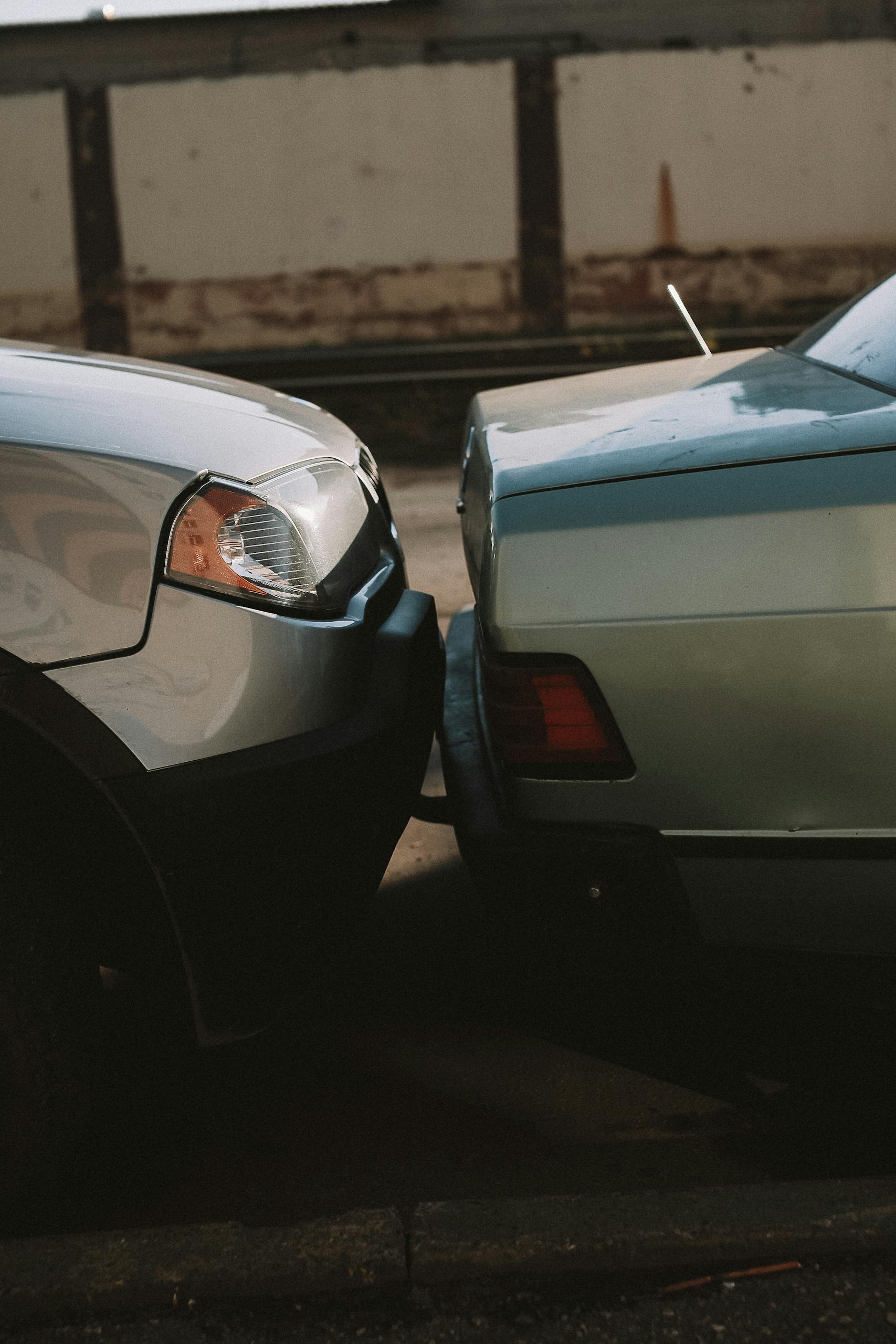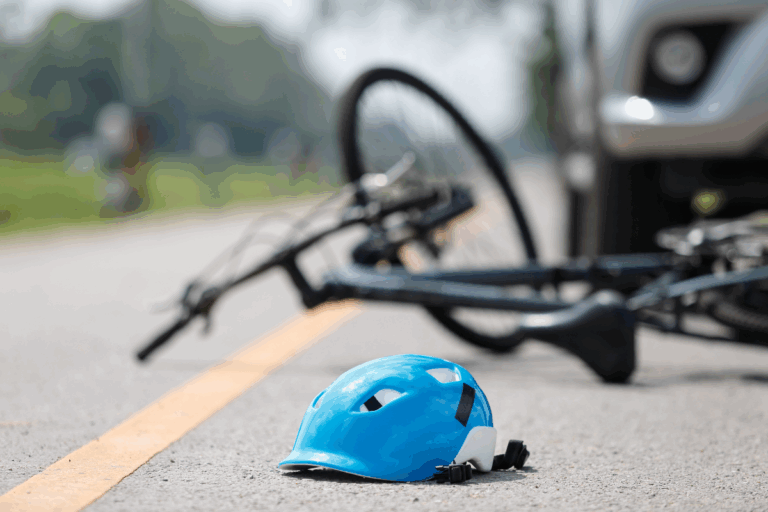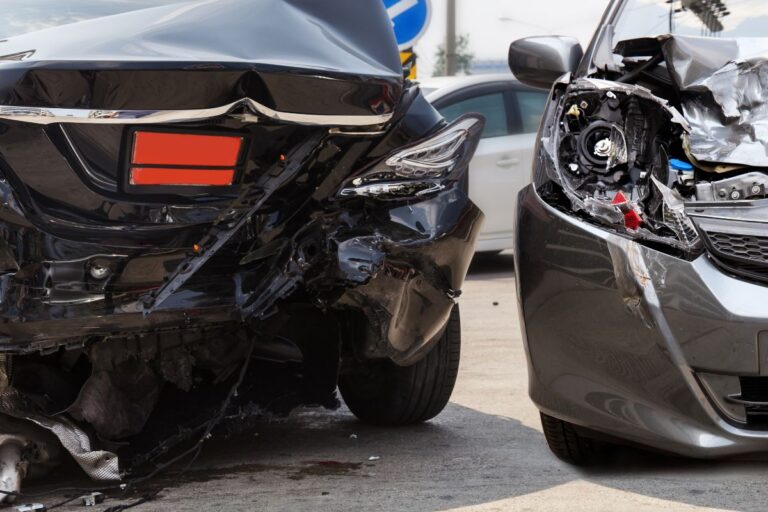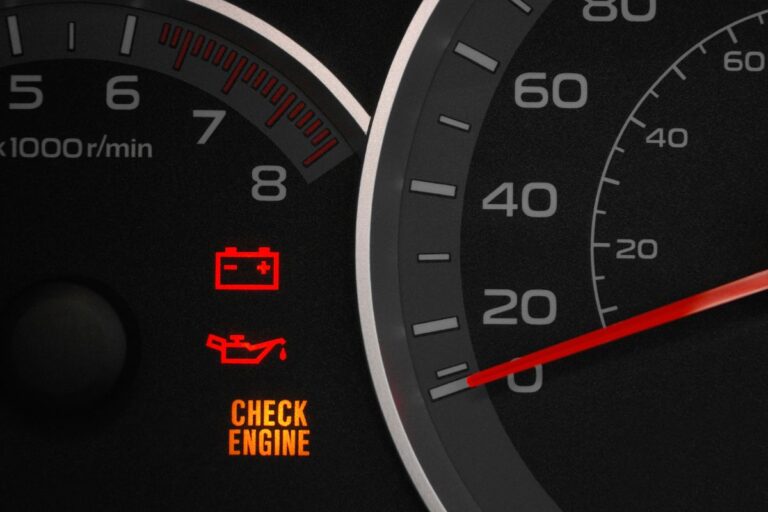The Day Everything Changed
It was just another busy afternoon on the road. The sun was low, traffic was heavy, and a quick glance at a phone was all it took.
A driver tapped the brakes too late and lightly bumped the car in front. The result? A cracked bumper, a shaken but seemingly unhurt driver, and two people exchanging insurance information with polite apologies.
Most people would have thought it ended there.
But several weeks later, an unexpected letter arrived: the other driver had filed a lawsuit, claiming injuries, medical bills, and lost wages.
What began as a minor fender bender had now spiraled into a legal and financial nightmare.
When Minimum Coverage Falls Short
Many states only require basic liability, sometimes as low as $25,000 per person or less. For a long time, that sounded reasonable to this driver. After all, how bad could a small accident really get?
But as they quickly learned, even a minor collision can unleash big expenses:
- Medical claims can skyrocket.
Whiplash, back pain, or soft-tissue injuries can lead to emergency room visits, MRIs, months of physical therapy, and specialist care, adding up to thousands of dollars fast. - Lost wages and pain & suffering push costs higher.
If the injured driver misses work or claims long-term pain, the financial demands can grow rapidly. - Legal defense costs mount.
While liability insurance often provides legal defense, minimum policies may not cover everything, especially if a lawsuit goes to trial or the judgment exceeds policy limits. - Personal assets are at risk.
When insurance coverage runs out, the remaining costs don’t just disappear. Your savings, home equity, or even future wages can be on the line.
“I never imagined this would happen from a small accident. I thought my coverage was enough.”That’s a feeling many people share — until they face a real-life claim.
What Every Driver Should Know
It’s easy to assume the legal minimum is enough because, well, it’s the law. But insurance laws is not what’s adequate for your financial protection.
Here’s what to consider when reviewing your policy:
- Increase your liability limits.
Many experts recommend at least $100,000 per person / $300,000 per accident or more, depending on your assets and risk tolerance.
- Consider an umbrella policy.
Umbrella insurance provides extra liability protection, often in increments of $1 million, on top of your auto and home policies.
- Understand uninsured/underinsured motorist coverage.
This covers you if the other driver has minimal or no insurance. A common and often overlooked risk.
- Focus beyond the car.
Many people think about fixing vehicles, but the largest risks in auto accidents often come from bodily injury claims and lawsuits.
Key Takeaways
- Minimum coverage meets legal requirements, not real-world risks.
- Even minor accidents can bring major medical and legal costs.
- Higher liability limits offer peace of mind and asset protection.
- Talk to your agent about adjusting your policy to fit your needs.
A Friendly Reminder
We all want to believe it won’t happen to us. But the truth is, accidents happen in an instant and the aftermath can follow you for years. Take a few minutes to look over your auto policy, ask questions, and make sure your coverage reflects the real risks on the road.
Because when that fender bender turns into a courtroom battle, you’ll want the right protection on your side.







